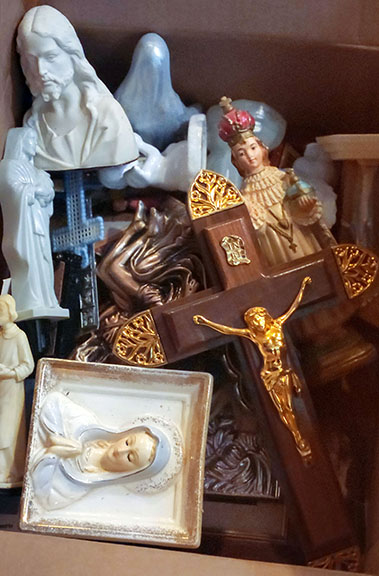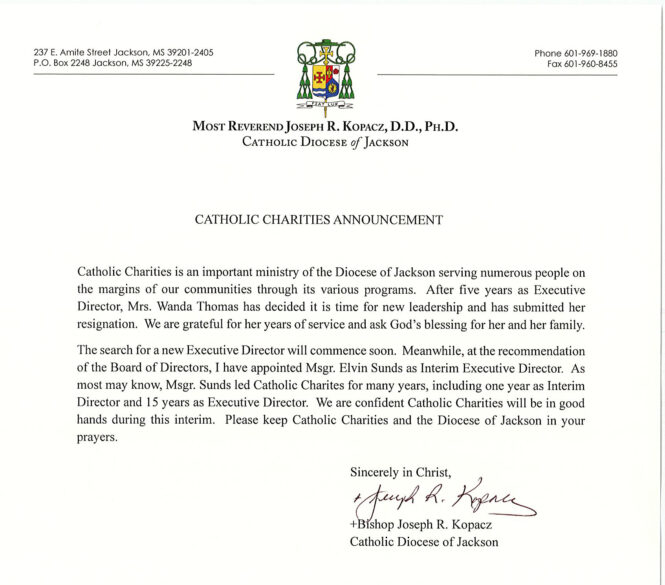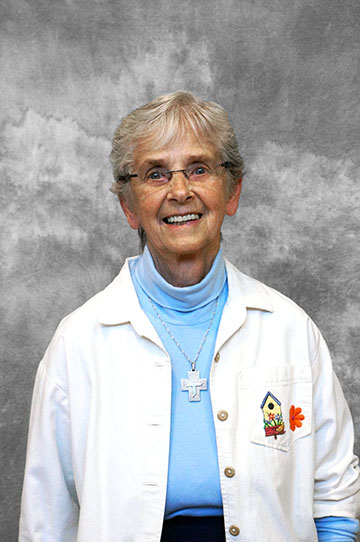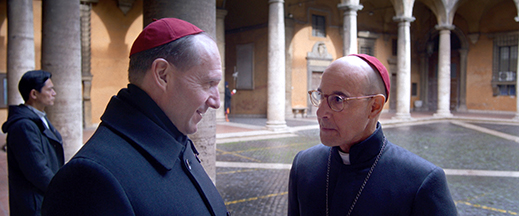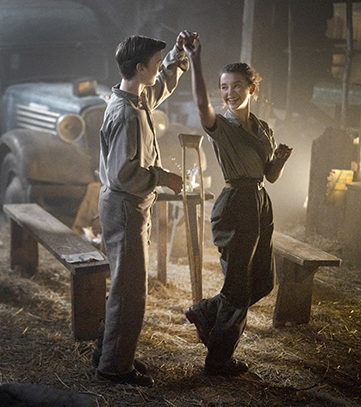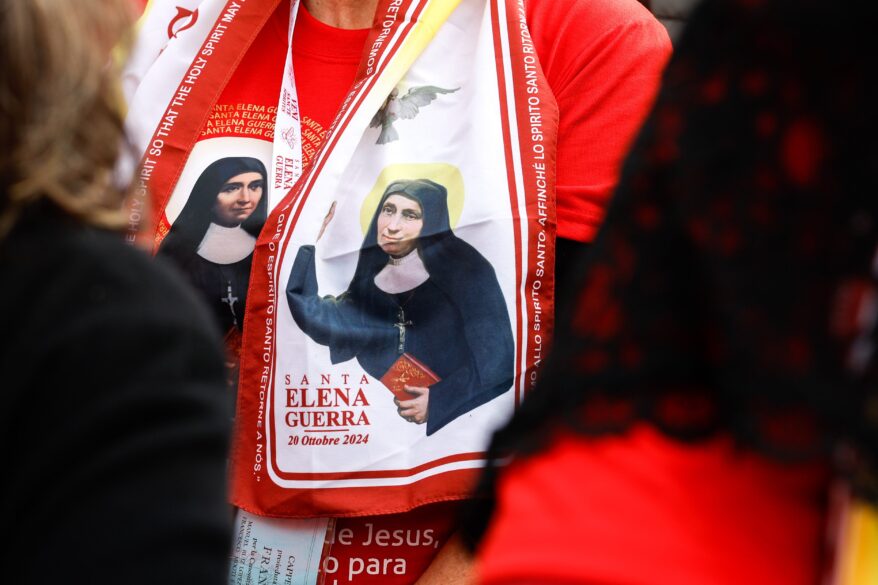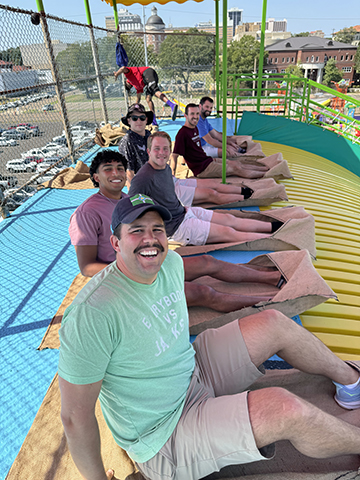LIGHT ONE CANDLE
By Father Ed Dougherty, M.M
October 28 marks the Feast of Saints Simon and Jude, Apostles. Tradition holds they were martyred together in the first century while preaching the Gospel in Persia and that their remains were later moved to St. Peter’s Basilica in Rome, where a single tomb commemorates them to this day.
St. Bridget of Sweden and St. Bernard of Clairvaux both had visions where God identified St. Jude as the Patron St. of the Impossible, and for centuries, pilgrims to his grave have reported powerful intercessions. Today, Catholics throughout the world invoke the intercession of St. Jude in the most desperate circumstances, and the Prayer to St. Jude is credited with bringing much relief in times of trial.
As for St. Simon, history tells us little about him other than the story of his mission of evangelization with St. Jude that led to martyrdom for them both. But he is named as one of the twelve Apostles in all three Synoptic Gospels and in the Book of Acts.
St. Simon is referred to as “Simon called Zelotes” in the Synoptic Gospels to distinguish him from Simon Peter, which led to his being called “Simon the Zealot” as it is believed he was a former member of the Zealots, a revolutionary political party of the time. However, these fragments of information bring into focus the life of a man who underwent a profound conversion. The Zealots were committed to overthrowing the Roman occupation through violent revolution. So, if Simon was a member of the Zealots, then following Christ would have affected within him a radical change of heart.
The very fact of being one of the twelve, and then later an evangelist, traveling from town to town and through the nations of the region speaks to this conversion. And his path in many ways represents the universal Christian conversion to turn from worldly power to the power found only in the love of Christ.
As for the life of St. Jude, we hear only a bit more about him in the New Testament than we hear about St. Simon. He was the disciple who asked Christ at the Last Supper, “Lord, how is it that You will manifest Yourself to us, and not to the world?”
Christ’s answer to this question was, “If a man loves Me, he will keep My word, and My Father will love him, and We will come to him and make our home with him.”
It’s an interesting exchange considering St. Jude’s role as patron of the impossible because our prayers for help must contain the same kind of faith Christ speaks of here. We must have faith even when we don’t see Him, and even when the things we ask for aren’t answered in exactly the way we expect.
St. Jude also wrote an epistle, which is the second to last book of the New Testament, where he encourages the faithful to persevere through trying circumstances. This is yet another interesting consideration in light of Jude’s role as intercessor for the impossible because sometimes the first help God gives us is strength to persevere through that which seems impossible to face. So, we might see in these two key parts of the bible why St. Jude is such a powerful intercessor, and also why it is so fitting that he is paired with St. Simon for a single feast day, because they both point us towards renunciation as the ultimate way to follow Christ.
(For a free copy of The Christophers’ Lift Up Your Hearts, e-mail: mail@christophers.org)

